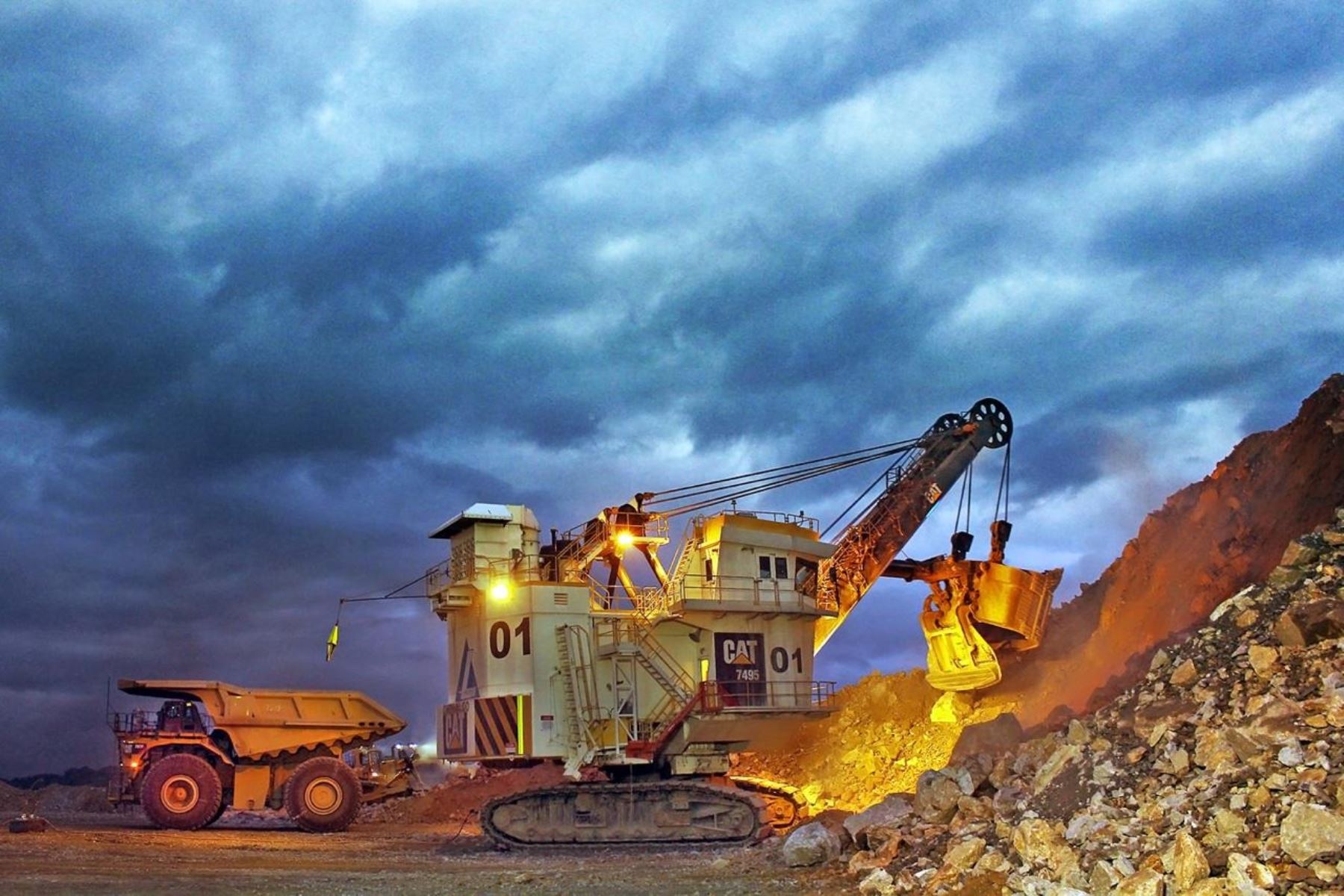Peru has the deposits required by world for energy transition

Photo: Courtesy
The Andean south of Peru holds the deposits the world needs for the energy transition, the Geological, Mining, and Metallurgical Institute (Ingemmet) highlighted.
Published: 6/19/2025
The State-run agency stated that southern Peru's subsoil holds within it the potential to place the country at the forefront of global mining, thanks to its porphyry copper and molybdenum systems.
These gigantic mineral deposits, formed millions of years ago when magma rose through deep cracks in the Earth's crust, now account for over 75% of the copper produced worldwide.
Their importance is not only economic but also strategic. In fact, copper is essential for the global energy transition. It is found in electric vehicle motors, wind turbines, smart grids, and solar panels.
Without copper, there is no clean future. And Peru, with its vast geological potential, holds a historic opportunity in its hands.
Peru is key
Nowadays, Peru is the world's third-largest copper producer, behind only Chile and the Democratic Republic of the Congo. However, if the porphyry projects in the pipeline are developed, our country could reach the top spot.
Mines such as Toquepala, Cuajone, Cerro Verde, and Quellaveco are already in full operation, while others like Zafranal, Los Calatos, Chipispaya, and Michiquillay are close to beginning production.
These deposits are not easy to find. Many of them are "blind," meaning they are covered by younger rocks that hide any surface signs. The era of discovering mines at first glance is over.
Currently, geologists combine science with cutting-edge technology —such as geological mapping, geochemistry, artificial intelligence, 3D modeling, remote sensing, and structural analysis— to help predict where these underground treasures might be found.
One of the most important structural systems is the Incapuquio fault, an ancient geological fracture that enabled the ascent of magmatic fluids responsible for the formation of these deposits.
Together with smaller faults and "anti-Andean" alignments (which cut across the mountain range diagonally), they form true highways through which minerals traveled from the Earth's mantle to the crust's upper layers.
In addition to structural factors, magma geochemistry also plays an important role.
Only certain types of magma —rich in water, volatiles, and rare earth elements— have the "fertility" needed to form a quality deposit. In southern Peru, this type of magma is associated with the Yarabamba and Toquepala geological units, which have been extensively studied by the Geological, Mining and Metallurgical Institute (Ingemmet).
Ingemmet's work
The institute's most recent technical report features a 1:650,000-scale geological-mining map identifying the main porphyry clusters across southern Peru.
The information is based on decades of fieldwork, drilling, rock dating, and trace and ultra-trace element analysis.
Based on these studies, it has been concluded that the richest copper deposits are typically found in areas where the Earth's crust is between 40 and 50 kilometers thick.
At those depths, dominated by the mineral amphibole, conditions are ideal for the accumulation of large amounts of copper and molybdenum.
In contrast, in areas with thinner or excessively thick crust, mineralization tends to be lower or nonexistent.
The conditions for continued growth are in place. Peru boasts an Andean mountain range rich in volcanic and plutonic rocks, a long mining tradition, geological stability, expanding infrastructure, and guaranteed global demand.
However, to fully harness this potential, it is necessary to invest in scientifically driven exploration, promote the training of new geologists, and enhance regulatory processes so that projects can move forward without unnecessary obstacles.
Peru is at a turning point. If done right, the South American country could become a key player in global energy transition. The story of southern Peru's porphyries is still being written —and the next chapter could make us a world leader in copper.
(END) NDP/MDV/MVB
Published: 6/19/2025
Most read
-
Muña: una hierba poderosa que alivia problemas respiratorios y dolencias estomacales
-
Invierno en Lima: Senamhi explica por qué sigue oscura después de las 6 a.m.
-
ONP: el lunes 7 empezará pago de pensiones y gratificación julio 2025 a jubilados
-
Gratificación julio 2025: ¿Cuándo es la fecha límite para el pago por Fiestas Patrias?
-
Beca Generación del Bicentenario 2025: link oficial de Pronabec para ver resultados
-
Día Mundial del Cóndor Andino: ¿Sabes qué representa esta ave para la cultura andina?
-
Ayacucho reconoce al Mirador del Cóndor del Valle de Sondondo como recurso turístico
-
El error de abrigar demasiado: consejos para cuidar a tu bebé este invierno
-
¿Por qué es feriado el miércoles 23 de julio en todo el Perú?
-
Playa Roja de Paracas es una de las siete maravillas naturales de Sudamérica de Nat Geo